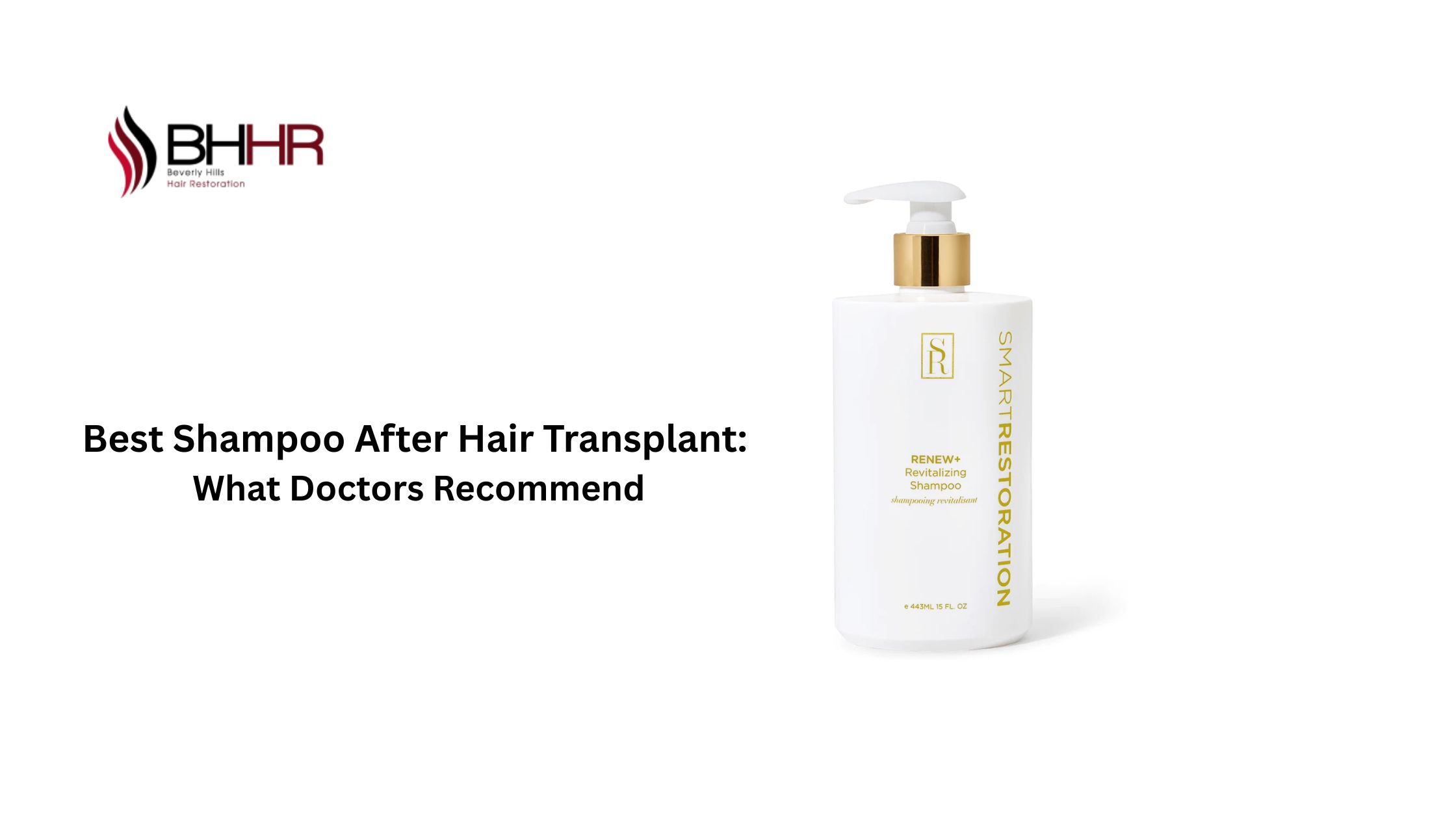A hair transplant is a major milestone for those seeking to restore their hair and regain confidence. But the journey doesn’t end in the operating room. The days and weeks following the procedure are critical, and proper aftercare can make a significant difference in the outcome. One of the most overlooked yet crucial parts of this recovery phase is shampoo selection.
Your scalp goes through a delicate healing process after surgery. The shampoo you use can either support this process or compromise it. That’s why doctors highly recommend specific, gentle formulas made for transplant care. In this article, we’ll explore why shampoo matters after a hair transplant, what doctors recommend, which ingredients to choose (or avoid), and how to use shampoo correctly.
Why Shampoo Matters
After a hair transplant, your scalp is healing and vulnerable. The skin is recovering from micro-incisions, and the newly implanted follicles are in a fragile state. It’s essential to protect these grafts from irritation, infection, and trauma during the early recovery phase.
This is where shampoo plays a vital role. Doctors recommend using gentle, medically-formulated shampoos designed to support healing and maintain scalp hygiene. The best shampoo after hair transplant should cleanse without disturbing delicate grafts, reduce inflammation, and create an optimal environment for new hair to grow.
Why Shampoo Choice Affects Recovery
The scalp becomes extremely sensitive following a transplant. Surgical tools create tiny wounds, and new follicles are implanted into these sites. In this condition, using a harsh shampoo can do more harm than good.
Here are three key reasons your shampoo matters:
- Scalp Sensitivity: The healing skin can be inflamed, sore, and reactive. Harsh cleansers may burn or cause redness.
- Infection Risk: The open pores are susceptible to bacteria. A gentle, antimicrobial shampoo can help maintain cleanliness without disturbing healing tissue.
- Graft Integrity: Rubbing or using aggressive ingredients may loosen or dislodge newly implanted follicles, affecting your final results.
That’s why selecting the best shampoo after hair transplant is not just a preference—it’s a clinical necessity.
Top Ingredients to Look For
Not all shampoos are created equal. Look for the following ingredients when choosing a shampoo post-transplant:
🟢 Biotin
Biotin plays a major role in hair structure and strength. While it doesn’t directly increase growth speed, it ensures that the new hair grows thick and resilient.
🟢 keratin
Keratin is a natural protein found in your hair, skin, and nails. In hair care, it plays a vital role in strengthening strands, reducing frizz, and adding shine.
Ingredients to Avoid After Hair Transplant
Just as some ingredients help, others can set back your healing. Avoid these at all costs:
Sulfates
They foam well but are too harsh for a healing scalp, increasing dryness and inflammation.
Parabens
These preservatives may disrupt hormonal balance and cause allergic reactions.
Alcohols
Alcohol can severely dry the scalp, making it flaky and more prone to irritation.
Synthetic Fragrances
Artificial scents often include allergens and chemical irritants that can delay healing.
Exfoliants
Avoid shampoos with scrubbing agents or chemical exfoliants like AHA/BHA. They may dislodge your grafts and damage sensitive tissue.
By eliminating these ingredients from your shampoo, you reduce the risk of complications and promote better graft survival.
How to Use Shampoo After Surgery
Even with the best shampoo for post-hair transplant, technique matters. Here’s how to use it properly:
When to Start
Start shampooing around day 2 or 3 after the procedure, unless advised otherwise by your surgeon.
How to Apply
- Mix a small amount of shampoo with lukewarm water in a cup.
- Gently pour over your scalp.
- Let it sit briefly—no rubbing or scrubbing.
- Rinse softly with low-pressure lukewarm water.
Drying Tips
- Pat your scalp dry with a soft, clean towel.
- Never rub or use force.
- Avoid blow-drying for the first 7–10 days.
- Let your hair air-dry naturally.
These steps protect fragile grafts and prevent accidental dislodging during the early healing stages.
Conclusion
Choosing the best shampoo after hair transplant is more than a personal preference—it’s a medical requirement for a successful recovery. The right shampoo cleanses gently, calms inflammation, and protects the delicate healing environment of your scalp.
Look for products that are sulfate-free, pH-balanced, fragrance-free, and enriched with Biotin and keratin. Avoid anything with alcohol, parabens, or scrubbing agents. And always follow your doctor’s post-op instructions for washing and drying.
At Bevirily Hills, we provide expert tools and guidance for every step of your hair restoration journey—from surgery to full recovery. Our team ensures you have access to trusted, medically recommended products designed to protect your investment and support the healthiest outcome possible.



